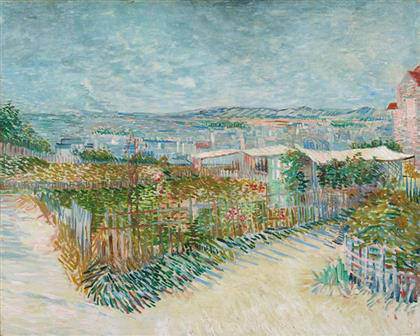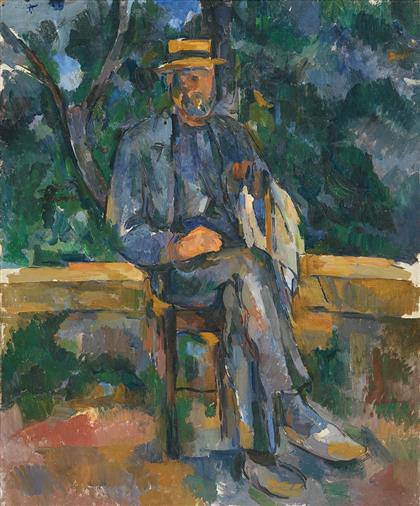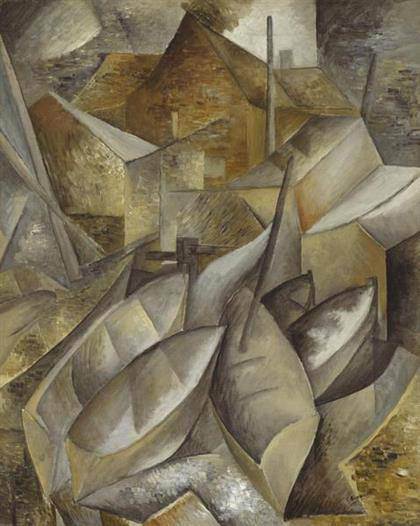
Vincent van Gogh
Derrière le Moulin de la Galette, 1887.
Van Gogh Museum, Amsterdam.

Louis Anquetin
Femme à la voilette, 1891.
Private Collection, courtesy of D. Nisinson.
“Esprit Montmartre” at Schirn Kunsthalle Frankfurt The Schirn Kunsthalle Frankfurt presents the exhibition ‘Esprit Montmartre. Bohemian Life in Paris around 1900’. From 7 February to 1 June 2014.]]>
Source: Schirn Kunsthalle Frankfurt
Not without reason, a contemporary critic in the1890s wrote about Montmartre in Paris: “The quarter resembles a huge studio.” Important artistssuch as Edgar Degas, Pablo Picasso, Henri de Toulouse-Lautrec, and Vincent van Gogh livedand worked in Montmartre. With a previously unsuspected realism, they produced memorablepaintings that mercilessly revealed the underbelly of the dazzling Belle Époque. With these works,which remain unique even today, they crucially influenced the history of art in the late nineteenthand the early twentieth century.
The Schirn Kunsthalle Frankfurt is presenting for the first time agroup exhibition with more than 200 works that focuses on the quarter of Montmartre with itsstories and protagonists. Paintings and works on paper, historical photographs, posters, andgraphic works by Pierre Bonnard, Ramon Casas, Edgar Degas, Kees van Dongen, Vincent vanGogh, Max Jacob, Marie Laurencin, Pablo Picasso, Henri de Toulouse-Lautrec, and SuzanneValadon, among others, from important museums in Germany and abroad, such as the Muséed’Orsay in Paris, the Van Gogh Museum in Amsterdam, and the Museum of Modern Art in NewYork, as well as private collections will make it possible to experience the historical uniqueatmosphere of Montmartre around 1900.
Beginning in 1886, when Van Gogh arrived in Paris, this presentation spans an arc in time to1914, when artists such as Picasso and Van Dongen left the quarter. Montmartre was considereda microcosm for artistic self-perception that first found literary expression in Henry Murger’s novel’Scènes de la vie de bohème’ (1847–49). Soon, however, many artists deliberately chose a life aspoor Bohemians – even though they often came from wealthy homes – on the margins of society.Their new identity as voluntarily-involuntary outsiders was mirrored especially realistically andimpressively in their art. With outstanding works, the exhibition presents the residents ofMontmartre in their everyday lives and with their existential plights: artists and ordinary people,dancers and prostitutes, street merchants, beggars, and thieves. The show casts a fresh eye,freed of idealized clichés, on its dissolute, absinthe- and opium-soaked culture of drinking andpartying in the many renowned variety theaters and cabarets. It also sheds light on creepingurbanization and social transformation in Montmartre and reveals the influential network of artistsand art dealers in the neighborhood.
Related content
Gustave Caillebotte: an Impressionist and Photography (exhibition, 2012 – 2013)
Follow us on:


